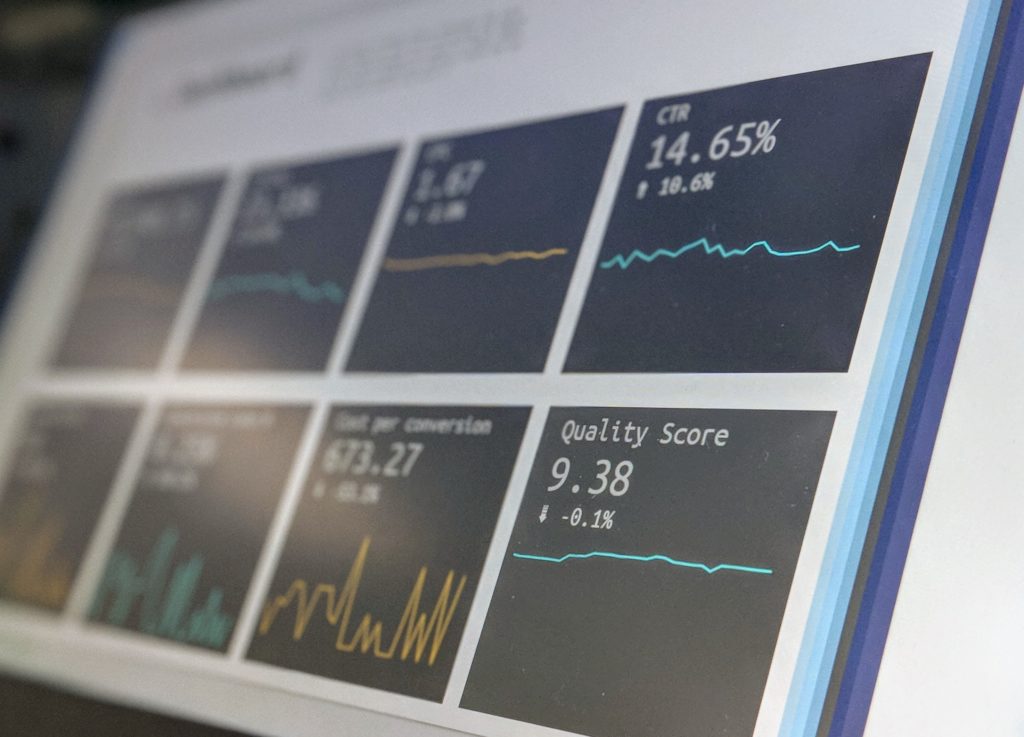
Robot training in virtual worlds?
Have you ever tried a car racing game? An F1 race, a rally, or if you`ve tried driving Assestto Corsa, maybe you know where I am going with this little reflection.
If you have ever done so, you will have experienced a sense of “realism” of behaviour . In fact, if you have tried any driving simulator, you will have noticed the degree of detail and realism inthe behaviour of the simulation, being able to recreate to perfection, from different engine power and power delivery, weight distribution and vehicle dynamics. It is even able to recreate the type of surface on which the car is driving, which implies differences in behaviour, as is logical due to irregularities and different friction factors, etc. We could speak of digital twins, digital representations that are faithful to reality and that behave imitating the real case in the physical world.
Such is the degree of fidelity to reality, that the teams that spend the most moeny in the world to train their drivers, the F1 teams, train on virtual simulators (actually mixed, as the simulator is capable of transmitting dynamics to the driver).
The same could be said of airline pilots, who train for hundreds of hours on simulators that represent, with a very high degree of detail, the dynamics associated with flying an aircraft.

In industry, too, these virtual environments representing factories and their internal processes, known as digital twins, are being realised at an increasingly precise level of detail. And more and more companies, both on the customer side and on the side of the automation supplier, are implementing both the automation of a plant or process and simultaneously the digital twin. This is due to the benefits that can be obtained by having these tools available. For example, better decision making thanks to the possibility of prior simulation, flexibility and speed when implementing changes, more information in real time, improvements in maintenance.
If we train people on simulators and we emule processes and factories, can´not we do the smae with robots? Indeed, i think so.
If you have ever been involved in engineering in general, or in manufacturing processes, you will know that nowadays, the design of a product (service, building, road…) is done using specific design software, be it Autodesk, Blender or whatever, but it is done digitally.
Think of something you know perfectly well, a car. Because each and every one of its thousands of parts, whether they are in-house or supplied by suppliers, are correctly dimensioned (geothermally) and defined (properties, composition, materials…) digitally, both in 2D and 3D. If you integrate all the individual information in the concept, ‘car’, you would have there, the famous digital twin.
Now, extrapolating to a robot manufacturer (in this article, we are referring to service robots, not industrial robots), obviously although it is not as big an industry (as of today) and with as much baggage as the automotive industry, the design and manufacturing processes in the industry in general are very similar (in more incipient and modern industries, new trends are also integrated more quickly, primarily because of the size and culture), we can intuit that these companies may have or have a digital twin of their final product. With all the positive aspects that this entails for the company.

Well, at this point, you may ask, what does this have to do with Carlos Sainz training in a simulator? The answer is obvious, just as we train people to improve their skills using virtual environments, we are going to be able to train robot robots in such environments, with the great advantages that this entails. You will quickly see what I mean.
To train these robots, one of the techniques used is through the use of AI, putting the robot in a physical environment and trying to execute the tasks necessary to achieve the objective for which it has been programmed, and through deep learning, this robot learns to perform its mission better and better. For example: UNITED KINGDOM : Unveiling a robot that “learns on its own”.
Now, don’t just think of a simple robotic arm that performs simple tasks, and imagine more ‘futuristic’ robots, as in the illustration below (this is a commercial robot as of today).

If we have the digital twin (the most realistic and fully defined) of the robot, and we can recreate virtual environments that faithfully recreate physical environments, such as a city, a forest or the moon if you like. We will be able to train our robot in tasks and environments that could not be done otherwise (or would be more expensive, dangerous or outright impossible).
A couple of examples, a bit extreme, to make it easier to understand: We can recreate an area hit by a natural disaster and train these robots in rescue tasks. Or we can recreate Mars with its atmosphere, temperatures, gravity, terrain, etc., and see how the robot would behave in that environment.

Once the model is fully trained and satisfies the needs, the control model of the robot can be downloaded to the physical model. It can be trained as we have seen for events that have not yet happened. In this way, construction, material or design faults can be detected and fixed in the digital model, to check the effectiveness of the solution and subsequently improve the production process.
From the manufacturer’s side, the advantages of the digital twin and these training environments are clear. Flexibility, cost, time and risk savings, greater training capacity, greater customisation of the solution for the end customer, etc.
And for the end user, it would be very good, being able to train robots on specific tasks before they have to perform them, possibility of retraining on new policies, higher degree of personalisation, better training between unexpected agents.
I believe that this way of working could become a standard in the future. It is possible that tomorrow we will be training space miners to collect minerals on asteroids. Or we may be training robots to grow algae at depth.
Who knows what exciting missions we will send pre-trained robots on in the not-so-distant future.


